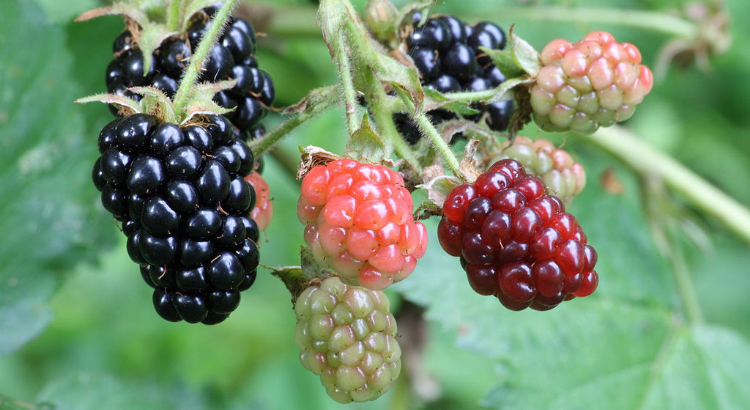Great post over at the Lord Aeck Sargent blog on how the Living Building at Georgia Tech addresses the Living Building Challenge Urban Agriculture Imperative.
The article — which was written by Lord Aeck Sargent’s Ramana Koti, with an assist from landscape architects at Andropogon — notes the lack of fresh food access in many parts of Atlanta. So tackling the Urban Ag Imperative (which falls under LBC‘s Place Petal) overlaps somewhat with the Equity Petal’s social responsibility objectives.
Local food access is particularly relevant to residents of Atlanta, a city that is no stranger to food insecurity. According to a 2015 Atlanta Journal Constitution investigation, just two years ago Atlanta contained 35 food deserts, which are locations where residents live more than one mile from a supermarket or other reliable source of fresh, nutritious produce, generally due to a lack of grocery stores, farmer’s markets and other healthy food providers. The U.S. Department of Agriculture’s Economic Research Service found that from 2013 to 2015, approximately 14.5% of Georgians were food insecure, which is greater than the national average of 13.7%.
In this post last month on the building’s schematic design, I described the edible landscape that the Design Team settled on to address the agriculture requirement. Andropogon principal Jose Alminana stressed then that the approach allows the team to achieve multiple objectives — much as natural ecosystems do. As Alminana said:
We’re trying to stack multiple functions in everything that we do on this project. You have a landscape that is creating and enhancing the spaces, a landscape that is supporting beneficial species such as pollinators, a landscape that is supporting the production of food for humans and other species, and a landscape that is processing the rainwater.
The LAS post goes into more detail on the actual modeling that Alminana and company used to arrive at the conclusion that the building should emphasize an edible landscape. Although it took some convincing, eventually the entire team agreed that the emphasis on foraging perennials and woody plants was more appropriate to the site than row crops or raised beds would have been.


